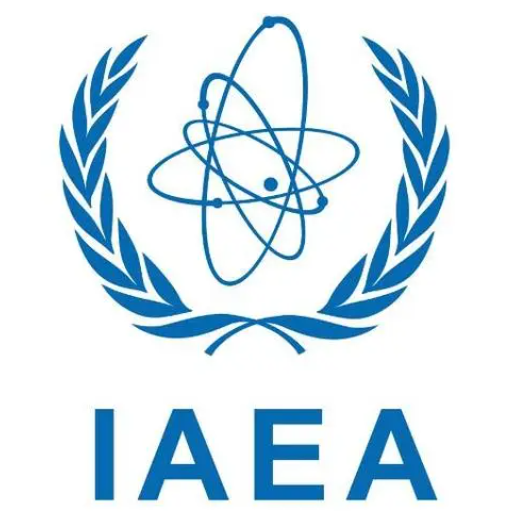On July 4, Russia and Ukraine accused each other of planning to stage an attack on Europe's biggest nuclear power plant, where the International Atomic Energy Agency has repeatedly warned of potential catastrophe from nearby military clashes.
A small IAEA team based at the plant sought to verify the accusations. It issued updates in the following weeks to say that it had found no signs of explosives in the areas it had been able to visit, except mines outside the perimeter that appeared to pose no danger to the plant's safety.
"(IAEA) experts have observed no mines or explosives on the rooftops of Unit 3 and Unit 4 reactor buildings and the turbine halls ... after having been given access yesterday afternoon," the IAEA said.
The IAEA said on July 5 that access to the roofs of the two units and parts of the turbine halls was essential. Ukraine's armed forces had said the day before that "operational data" showed "explosive devices" had been placed on those two roofs.
"Following repeated requests, the team had unimpeded access to the rooftops of the two reactor units and could also clearly view the rooftops of the turbine halls. The team will continue its requests to visit the roofs of the other 4 units," Friday's statement said.
